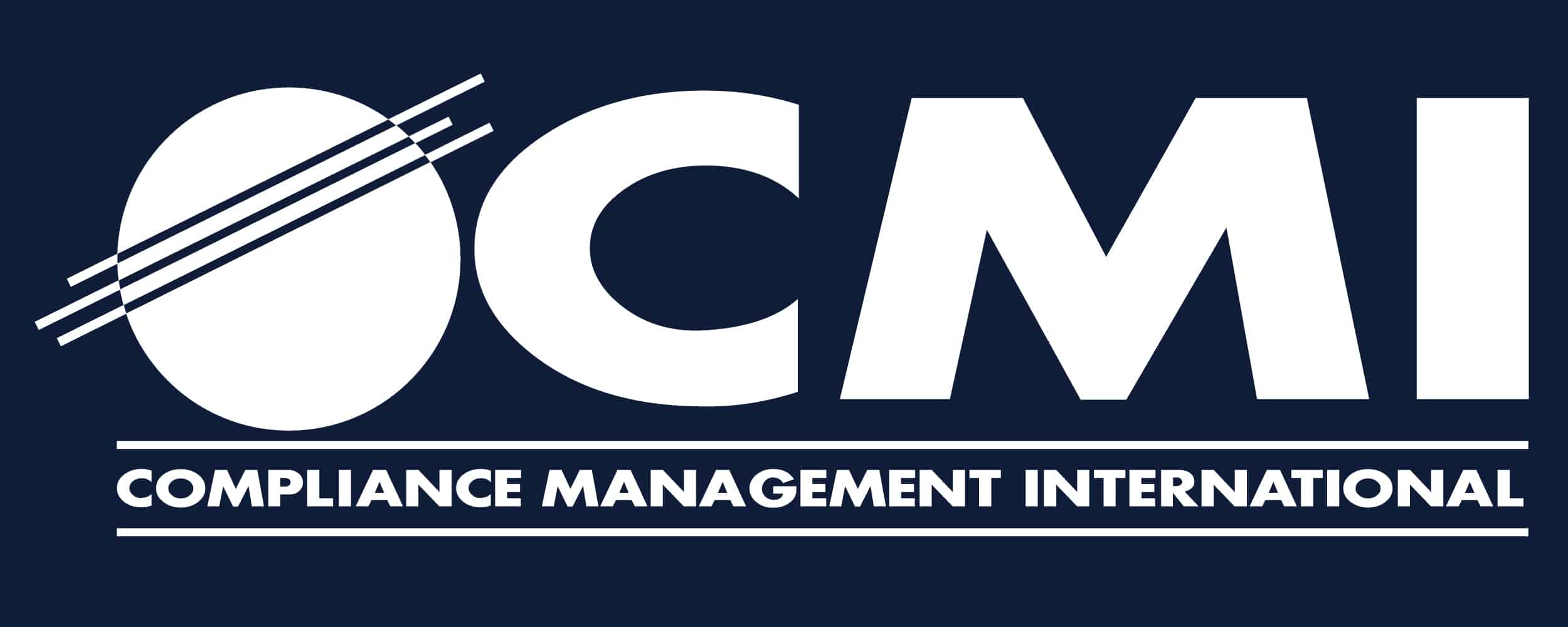
Compliance with OSHA’s confined space standard is critical to ensure worker safety and avoid catastrophic events.
Confined spaces are areas that are sizeable enough for a worker to enter and conduct work yet have limited or restricted means of entry or exit and are not meant for continuous occupancy. These spaces can take the form of tanks, silos, pipelines, sewers, vaults, ducts, and pits, among others.
Confined spaces present a unique set of hazards, including potential oxygen deficiency; presence of toxic fumes, vapors or gases; risk of explosions or fires, and chance of entrapment or falls. OSHA estimates that more than two million U.S. workers enter confined spaces annually. Alarmingly, approximately 100 workers lose their lives each year in confined space-related incidents. Many of these tragic fatalities could have been prevented with the right safety measures in place.
So, how can we ensure the safety of workers in confined spaces? The key lies in understanding the risks, adhering to regulatory standards, and fostering a culture of safety. Here are some essential steps:
- Develop a Confined Space Program: A written program, compliant with OSHA standards, outlines the practices, procedures, and policies needed to ensure worker safety in confined spaces. It should include methods for identifying and classifying confined spaces, procedures for safe entry and exit, and protocols for dealing with emergency situations.
- Conduct Regular Surveys and Assessments: Identifying and classifying the confined spaces at your facility is crucial. Regular assessments can help detect any changes in conditions over time.
- Training and Education: Workers and supervisors must be adequately trained to recognize, avoid, and respond to potential confined space hazards. Regular refresher training ensures that safety remains top-of-mind.
- Regular Audits and Inspections: Routine inspections of confined spaces help ensure ongoing compliance with safety standards and provide opportunities for continuous improvement.
- Rescue Planning: Having an effective rescue plan in place, complete with the appropriate rescue equipment, is crucial. The time to plan for an emergency is not during the emergency.
By prioritizing these steps, you can help ensure the safety of workers in confined spaces and protect your organization from potential fines, litigation, and reputational damage that could arise from non-compliance or confined space incidents.
If you have any further questions on confined space compliance, reach out to us.
Written by Nick Whitehouse, GSP, Health and Safety Specialist, Health and Safety Services
